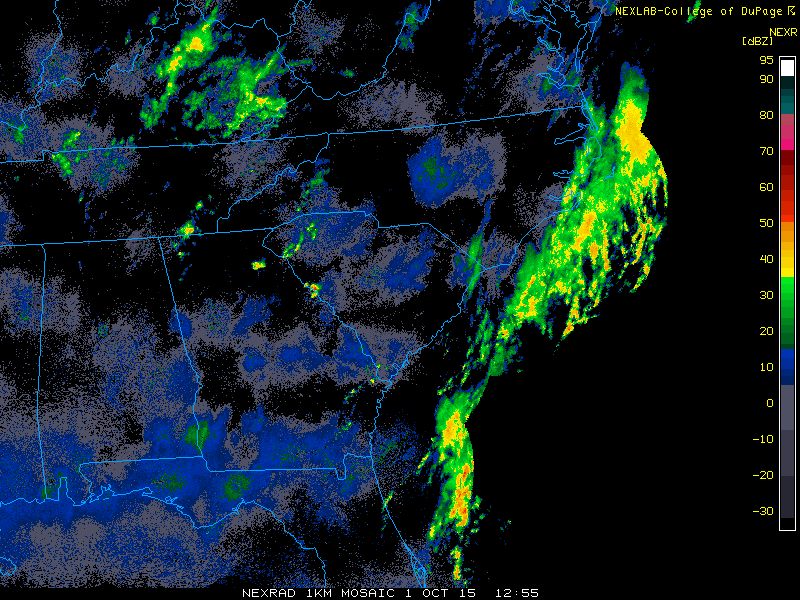
Contractor fraud, meager insurance pay-outs, loan trouble. These are all factors that made recovery difficult for another state that went through a similar disaster. In 2012, Superstorm Sandy wiped out the coast of New Jersey, ranking as the second costliest storm in American history. Cooper McKim speaks with the Executive Director of the Ocean County Long Term Recovery Group, Sue Marticek, about lessons she's learned from years of dealing with disaster recovery.

The Ocean County Long-Term Recovery Group has been active in helping residents of New Jersey get back home. They provide homeowners with case managers who help them develop a recovery plan and establish a budget to complete it. Many rely on flood insurance to pay for the early costs of reconstruction or temporary homes, but quickly find that it isn't enough. Marticek says people are obligated to buy flood insurance when they take out a mortgage on their houses, if they're in a flood zone. She explains many never got into the detail of their policies, so Sandy was a rude awakening. "Even though you have all this other damage to your house from the storm, the policy only covers those things that are in the appetizers,'" explaining a conversation she's had many times. The "appetizer," stands for the small portion of damage that insurance might cover.

In South Carolina, many homeowners didn't have flood insurance at all. According to South Carolina Insurance News Service, only 10% of residents had it, compared to 14% nation-wide. Instead, more than 100,000 people sought early funding from the Federal Emergency Management Agency, or FEMA. The Individual Assistance program helps pay for medical costs, temporary housing, construction costs, and more. Unfortunately, only one-third of people who applied to the program were approved in the whole state. And for those who were, the average payout for reconstruction costs was only about $2700 which often wasn't enough to repair the damage done.
In Richland County, there's an effort by the Disaster Recovery working group to provide a bail-out option. The coordinator of Disaster Recovery, Mike King, says they have funding to buy out homes that are in flood zones and turn them into green spaces. He says the goal is to, "get those folks and their homes out of harms way." Nevertheless, there is limited funding so they won't be able to acquire every household that's interested.

New Jersey's Marticek says it's important to remember that recovery is a long process. She says, "it is a multi-year program that has to be put in place. There's got to be realistic expectations set for the homeowner because getting on TV and telling everyone that everybody's gonna get back home isn't necessarily gonna happen unless you come up with a plan."
King says his organization is moving aggressively to help people recover as quickly as possible. On February 29th, South Carolina received a block grant worth $157 million, twenty-three of which has been earmarked for Richland County. There's also the Hazard Mitigation Grant Program which encourages communities to identify and reduce hazards in their region if another flood were to occur. This grant could help with the property acquisition project above.
FEMA estimates that recovery could take between four to seven years in South Carolina, maybe more. Mike King says he's proud of the work he's already seen, and that those working on recovery are doing the best they can.
Mike King discussing the Disaster Recovery working group
Resources


